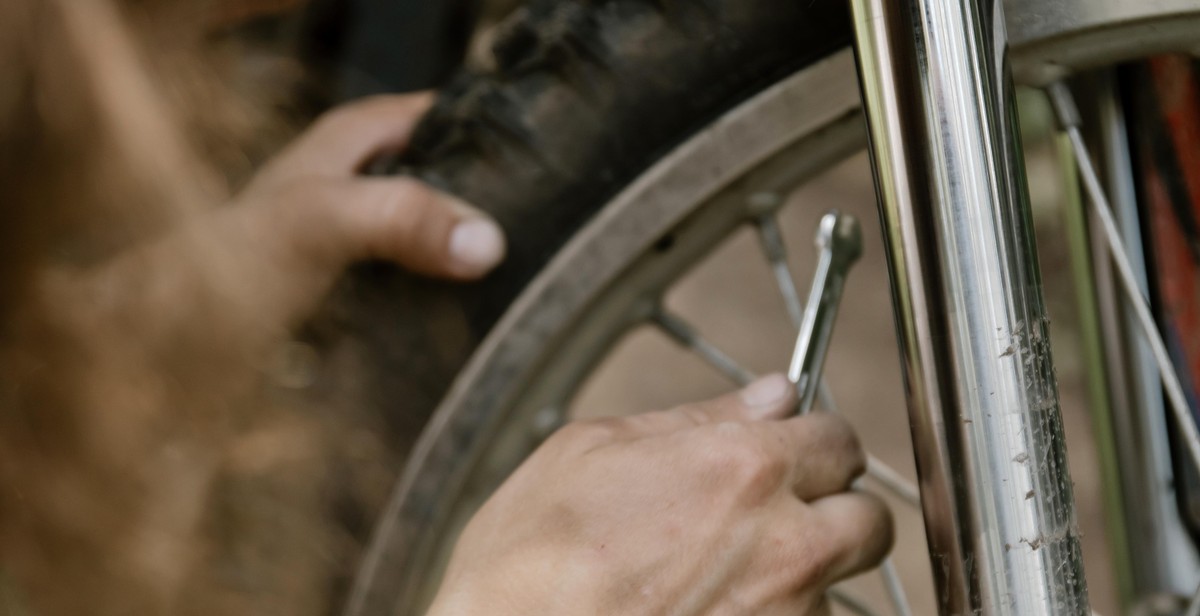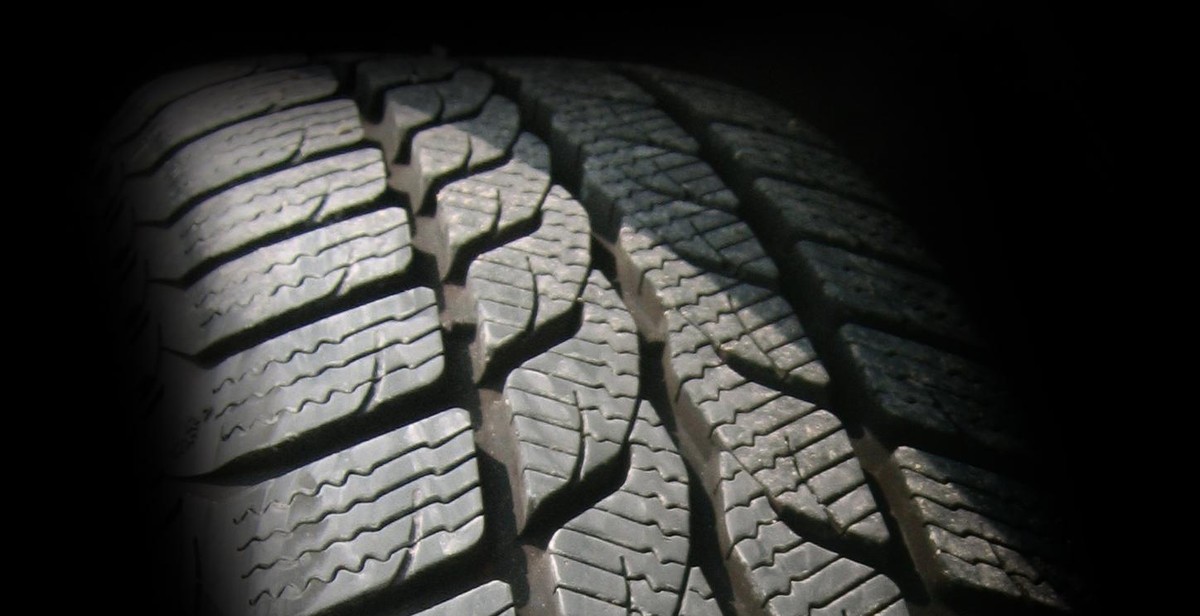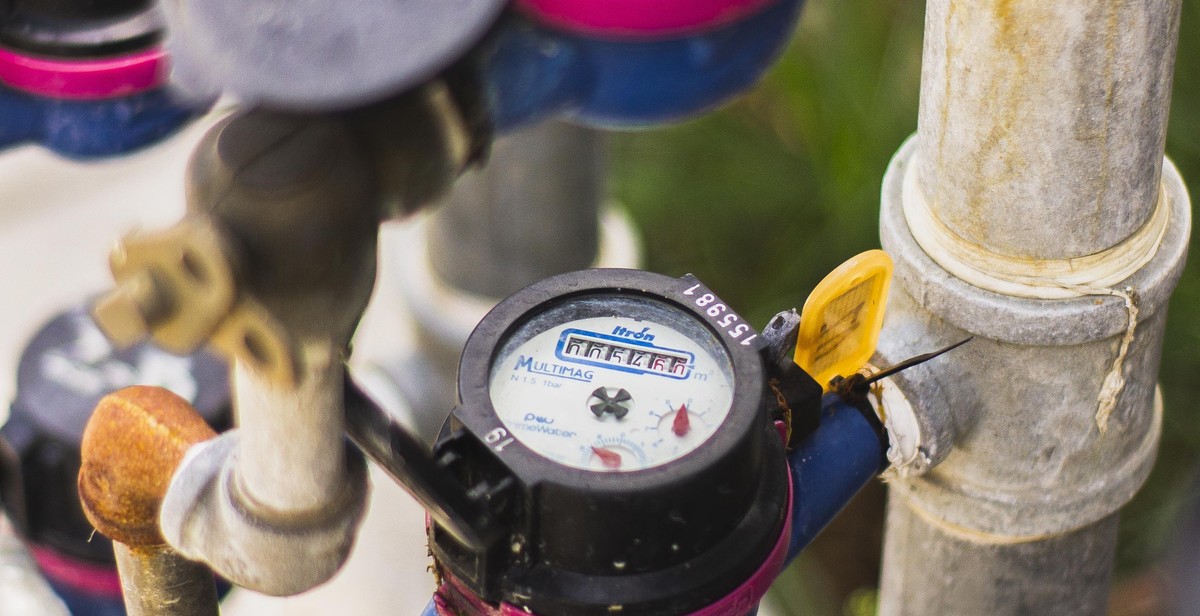How to Change a Flat Tire on Your Car
Changing a flat tire on your car can be a daunting task, especially if you have never done it before. However, with the right tools and knowledge, you can easily change a flat tire in less than 30 minutes. In this article, we will walk you through the step-by-step process of changing a flat tire on your car.
Tools You Will Need
Before you begin changing your tire, you will need to gather the necessary tools. These tools include:
- A spare tire
- A lug wrench
- A jack
- A tire pressure gauge
Step-by-Step Guide
Follow these steps to change a flat tire on your car:
- Park your car in a safe location
- Locate your spare tire and tools
- Loosen the lug nuts on the flat tire
- Use the jack to lift the car
- Remove the lug nuts and flat tire
- Mount the spare tire
- Tighten the lug nuts
- Lower the car
- Check the tire pressure
By following these steps, you can change a flat tire on your car quickly and easily. Remember to always drive with caution and have your flat tire repaired or replaced as soon as possible.

Gather the Necessary Tools
Changing a flat tire can be a daunting task, but with the right tools and a little bit of knowledge, it can be done quickly and easily. Before you begin, make sure you have the following tools:
- Spare Tire: This is the tire that you will be putting on your car to replace the flat tire. It is important to make sure that your spare tire is properly inflated and in good condition before you begin.
- Jack: This is the tool that you will use to lift your car off the ground so that you can remove the flat tire and replace it with the spare tire. Make sure that your jack is the right size and weight capacity for your car.
- Lug Wrench: This is the tool that you will use to remove the lug nuts that are holding your flat tire in place. Make sure that your lug wrench fits the size of your lug nuts and is in good condition.
Once you have gathered all of the necessary tools, you are ready to begin changing your flat tire. Remember to always follow the instructions in your car’s owner’s manual and to take all necessary safety precautions.

Find a Safe Location
When you realize that you have a flat tire, the first thing you should do is to move your car to a safe location. This means finding a spot that is away from traffic and has a level surface. If you are on a highway, try to find an exit or rest area where you can change your tire. If you are on a city street, look for a parking lot or a side street where you can pull over.
It is important to avoid changing your tire on a busy road or in an area where there is a risk of being hit by passing vehicles. This can be dangerous and increase the risk of injury. If you cannot find a safe location to change your tire, consider calling for roadside assistance.
Turn on Hazard Lights
Once you have found a safe location, the next step is to turn on your hazard lights. This will alert other drivers that you are experiencing car trouble and will help to keep you safe while you change your tire.
It is best to turn on your hazard lights as soon as you realize that you have a flat tire, even if you have not yet found a safe location. This will help to warn other drivers that you are having car trouble and may need to pull over.
Remember, safety should always be your top priority when changing a flat tire. Take the time to find a safe location and turn on your hazard lights to ensure that you are visible to other drivers and can change your tire without incident.

Remove the Flat Tire
Now that the car is lifted, it’s time to remove the flat tire. Follow these steps:
Loosen the Lug Nuts
Using the lug wrench, turn each lug nut counterclockwise until they are loose. Don’t remove them yet, just loosen them. It’s easier to do this while the tire is still on the ground and the weight of the car keeps the tire from spinning.
Lift the Car with the Jack
Once the lug nuts are loose, use the jack to lift the car high enough to remove the flat tire. The jack should be placed under the designated jacking point for your car, which is usually indicated by an arrow or notch on the car’s frame. Consult your owner’s manual if you’re unsure where this is located.
Remove the Lug Nuts and Tire
Now that the car is lifted, use the lug wrench to completely remove the lug nuts and take off the flat tire. Make sure to keep the lug nuts in a safe place where they won’t get lost or misplaced. You’ll need them to secure the new tire.
Take a moment to inspect the flat tire for any damage or punctures. If the tire is repairable, you may be able to have it repaired instead of buying a new one.
| Tip: | Place the flat tire under the car near the jack as an extra safety precaution. This will help prevent the car from falling if the jack fails or slips. |
|---|

Install the Spare Tire
Now that you have removed the flat tire, it’s time to install the spare tire. Follow these steps:
Align the Spare Tire
First, align the spare tire with the wheel bolts by holding it up to the wheel. Make sure that the holes in the wheel are aligned with the bolts.
Hand Tighten the Lug Nuts
Next, hand tighten the lug nuts as much as possible. Use a star pattern to ensure that the tire is evenly attached. This will prevent the tire from wobbling while driving.
Lower the Car
Lower the car back to the ground using the jack. Once the car is on the ground, use a lug wrench to tighten the lug nuts as much as possible. Again, use a star pattern to ensure that the tire is evenly attached.
Tighten the Lug Nuts
Finally, use a torque wrench to tighten the lug nuts to the manufacturer’s recommended torque setting. This will ensure that the tire is securely attached to the car.
Remember to check the tire pressure as soon as possible and adjust it to the recommended level. Also, make sure to have the flat tire repaired or replaced as soon as possible.

Check the Tire Pressure
Before changing a flat tire, it is important to check the tire pressure of all the tires on your car. Proper tire pressure ensures better fuel efficiency, longer tire life, and improved handling.
Use a Tire Pressure Gauge to Check Pressure
To check the tire pressure, you need a tire pressure gauge. This simple tool is available at any auto parts store. Remove the valve cap from the tire and firmly press the gauge onto the valve stem. The gauge will display the tire pressure in PSI (pounds per square inch).
What is the Recommended Tire Pressure?
The recommended tire pressure for your car can be found in the owner’s manual or on a sticker located on the driver’s side door jamb. It is important to note that the recommended pressure may differ for the front and rear tires.
Inflate the Tire if Necessary
If the tire pressure is below the recommended level, inflate the tire using an air compressor. Many gas stations have air compressors available for public use. Be sure not to overinflate the tire, as this can cause a blowout.
It is important to check the tire pressure regularly, as changes in temperature can cause the pressure to fluctuate. A good rule of thumb is to check the pressure once a month and before any long road trips.
| Tire Pressure | Effect on Car |
|---|---|
| Underinflated | Reduced fuel efficiency, increased tire wear, poor handling |
| Overinflated | Unstable handling, increased risk of blowout |
| Properly Inflated | Better fuel efficiency, longer tire life, improved handling |

Conclusion
Changing a flat tire may seem like a daunting task, but with the right tools and knowledge, it can be a simple and straightforward process. Remember to always prioritize safety by finding a safe and level spot to change your tire, turning on your hazard lights, and using chocks to prevent your vehicle from rolling away.
Start by loosening the lug nuts, jacking up your car, and removing the flat tire. Then, place the spare tire on the wheel studs and tighten the lug nuts in a star pattern. Lower the car back down and torque the lug nuts to the recommended specifications.
It’s important to remember that a spare tire is only meant to be a temporary solution and should be replaced with a new tire as soon as possible. Additionally, regularly checking your tire pressure and inspecting your tires for any signs of wear or damage can help prevent flat tires from occurring in the first place.
By following these steps and taking proper precautions, you can change a flat tire on your car with confidence and get back on the road in no time.
| Tip: | Keep a spare tire, jack, and lug wrench in your car at all times to be prepared for any unexpected flat tires. |
|---|---|
| Reminder: | Always refer to your vehicle’s owner manual for specific instructions and safety precautions. |
